Importance of Bankroll Management
Bankroll management plays a crucial role in achieving gambling success. It ensures you can extend gameplay while minimizing financial risk. By setting a budget based on your overall financial situation, you gain control over your expenditures and avoid chasing losses. Proper management relies on consistent record-keeping of wins and losses to identify patterns and adjust strategies accordingly.
Set realistic limits if gambling is a new venture. This preserves your capital and reduces stress during unfavorable streaks. For consistent players, bankroll management transforms into a system that maximizes potential returns while protecting against significant losses. Allocation of funds into specific gambling activities helps maintain focus and ensures decisions are made with clarity. Managers like these balance risk and reward with informed strategies.
The psychological edge gained from managing your bankroll can’t be overlooked. Emotional control becomes easier when you have predefined limits, leading to better decision-making. This mental clarity directly impacts the results, turning potentially impulsive actions into calculated moves.
In essence, strong bankroll management blends financial strategy with emotional discipline, creating a framework that enhances the overall gambling experience.
Setting a Budget
Creating a clear budget is key for effective bankroll management. I set specific limits not only to prolong gameplay but to enhance strategic wins.
Determining Your Total Bankroll
Understanding my total bankroll involves evaluating my overall financial situation. I decide on an amount I can afford to lose without affecting my daily needs or financial commitments. By analyzing my income, expenses, and savings, I establish a comfortable bankroll that keeps finances intact.
Allocating Funds for Different Games
To diversify risks, I allocate funds across various games. Specific percentages are assigned depending on the risk and reward potential of each game. For example, I might designate 50% of my bankroll to lower-risk games like poker, 30% to medium-risk games such as blackjack, and 20% to high-risk games like roulette. This structured approach ensures my funds are optimally dispersed, providing more opportunities to win while managing losses effectively.
Strategies for Effective Bankroll Management

Efficient bankroll management involves applying distinct strategies to increase long-term success. It’s about structuring your play to maximize wins while minimizing potential losses.
The Percentage Method
Using the Percentage Method, I allocate a specific percentage of my bankroll to each bet. Usually, this ranges from 1% to 5%, depending on risk tolerance. For instance, a $1,000 bankroll could mean placing $10 to $50 bets. This approach maintains consistency and reduces the risk of significant losses.
The Kelly Criterion
The Kelly Criterion determines optimal bet size to maximize returns over time. I calculate this by considering the probability of winning and the odds offered. While more complex, it balances risk and reward effectively, ensuring growth without overwhelming exposure. This method shines when accurate probability assessments are available.
Fixed-Stakes Strategy
With the Fixed-Stakes Strategy, I bet the same amount on every wager. Consistency brings discipline and simplifies budgeting, especially useful when the bankroll size fluctuates. For example, consistently betting $20 each time keeps emotions in check and avoids rash decisions fueled by past wins or losses.
These strategies create a balanced framework for managing bankrolls effectively, providing a clear path to enhancing gameplay.
Tools and Resources for Bankroll Tracking
Using the right tools and resources ensures precise bankroll tracking, aiding in informed decision-making and sustained financial control. Both mobile apps and spreadsheet solutions offer effective ways to manage and track bankrolls.
Mobile Apps
In my experience, mobile apps like BankrollPro and BetBuddy make bankroll tracking convenient and accessible. BankrollPro offers features like transaction history and analytics, allowing me to monitor spending and identify trends. BetBuddy provides notifications for reaching set limits, ensuring I stay within my budget. Both apps include customizable settings and user-friendly interfaces to streamline the tracking process.
Spreadsheet Solutions
Spreadsheet solutions like Google Sheets and Excel provide flexibility and customization for tracking bankroll. I use Google Sheets for collaboration, sharing data easily with others for joint gambling activities. Its built-in formulas calculate net wins and losses automatically. Excel offers advanced data analysis tools and templates, enabling detailed breakdowns of betting history. Both platforms support creating charts and graphs, helping me visualize spending patterns clearly.
Common Mistakes to Avoid
Mistakes can hinder effective bankroll management, so identifying and avoiding them is key to success. Two common pitfalls are particularly detrimental.
Chasing Losses
Chasing losses is a frequent error that exacerbates financial risk. When I let my emotions dictate my actions, I risk making impulsive bets that can deplete my bankroll. One way to avoid this is by adhering to predetermined limits and understanding that losses are part of the game. Reflection and strategy adjustment are more productive than impulsively trying to recover what was lost.
Ignoring Long-Term Planning
Neglecting long-term planning undermines strategic wins. Without a comprehensive plan, I might spend erratically and lose sight of financial goals. Establishing clear objectives, setting specific amounts for consistent betting, and reviewing performance regularly contributes to maintaining control over spending. When I focus on the big picture, I enhance my opportunity for growth in winnings while preserving my capital.






















































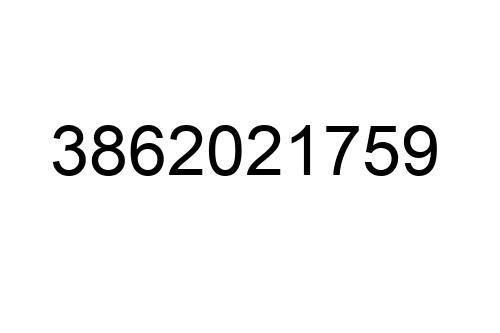















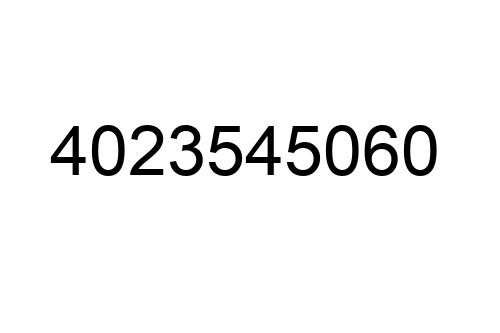






































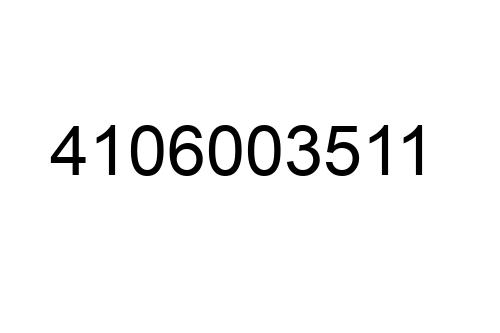
































































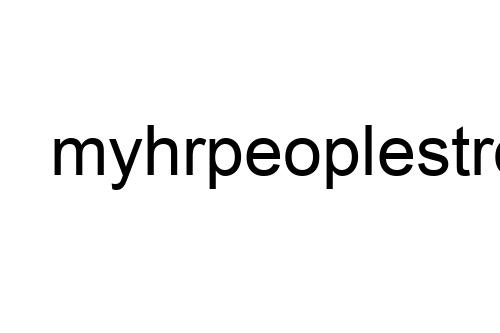
















































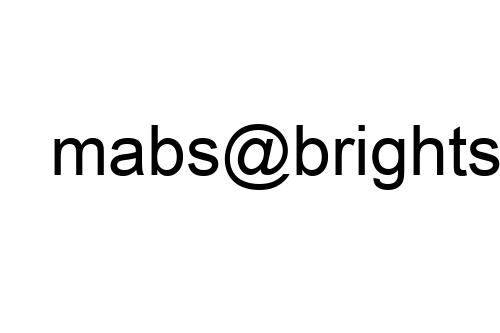
























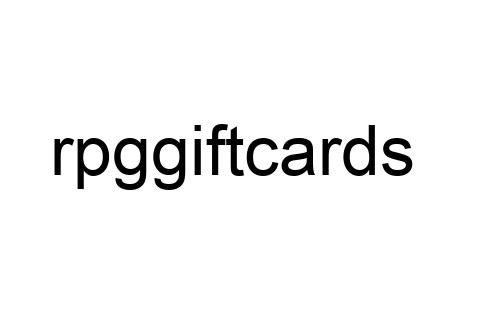
















































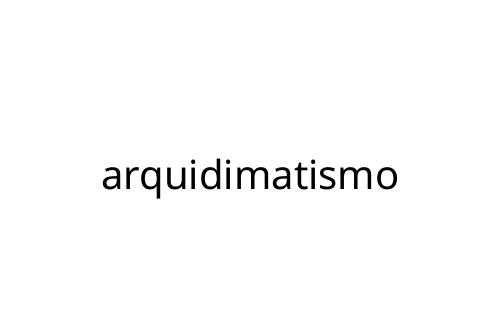





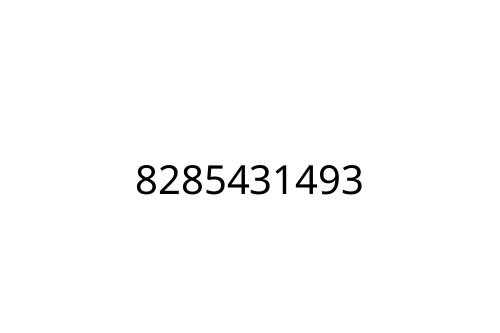



 Lawerencer Cookanera – Founder & Chief Editor
As the driving force behind Casino Champs Fortune, Lawerencer Cookanera founded the platform with a mission to empower casino enthusiasts by providing them with well-researched, insightful content. Lawerencer brings years of experience in the casino industry, overseeing the editorial strategy to ensure high-quality, trustworthy content across a variety of topics. From uncovering the mechanics of progressive jackpots to delivering in-depth guides on how to play and win big, he ensures every piece of content aligns with the site’s vision. Lawerencer is dedicated to fostering a responsible gaming environment, offering readers practical advice and expert insights that elevate their casino experience.
Lawerencer Cookanera – Founder & Chief Editor
As the driving force behind Casino Champs Fortune, Lawerencer Cookanera founded the platform with a mission to empower casino enthusiasts by providing them with well-researched, insightful content. Lawerencer brings years of experience in the casino industry, overseeing the editorial strategy to ensure high-quality, trustworthy content across a variety of topics. From uncovering the mechanics of progressive jackpots to delivering in-depth guides on how to play and win big, he ensures every piece of content aligns with the site’s vision. Lawerencer is dedicated to fostering a responsible gaming environment, offering readers practical advice and expert insights that elevate their casino experience.
